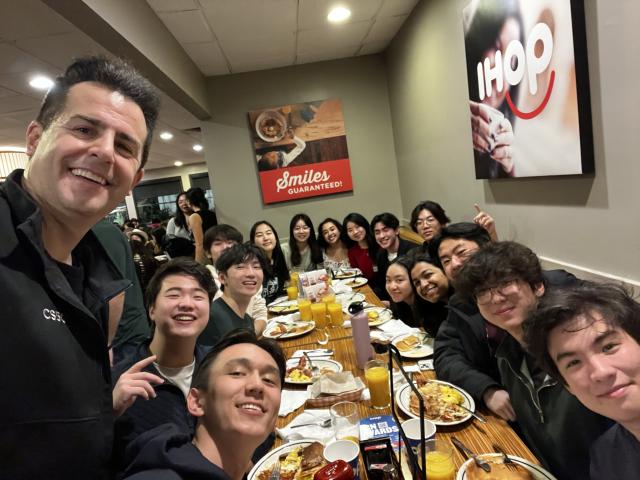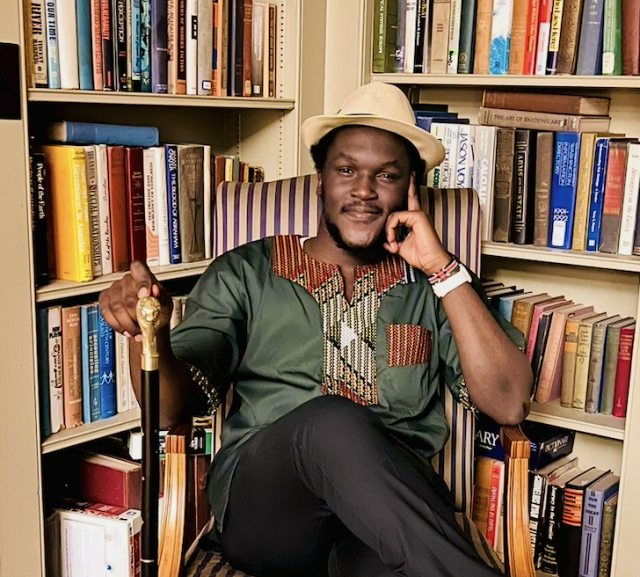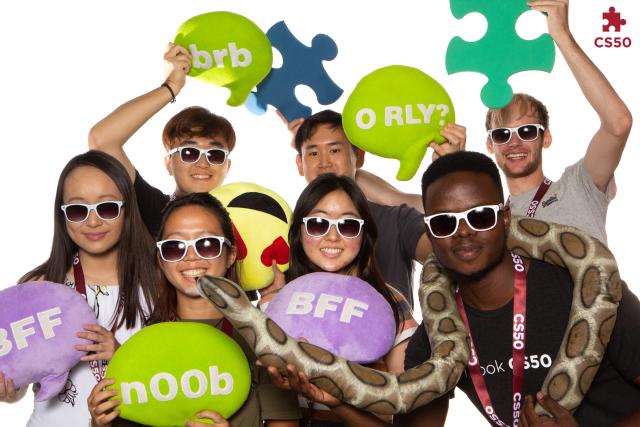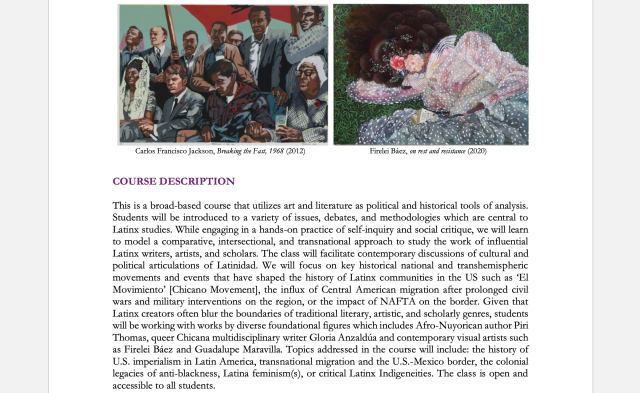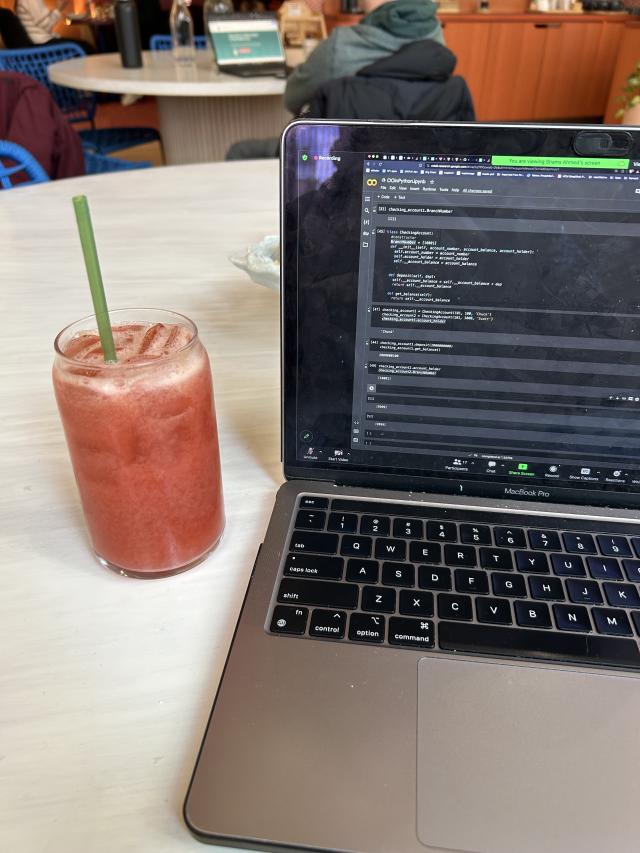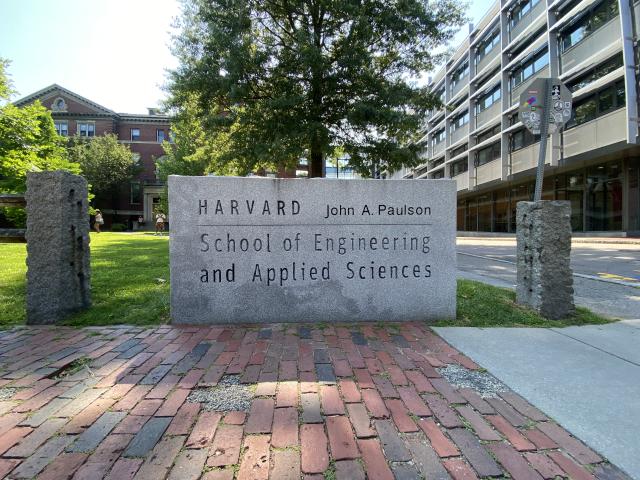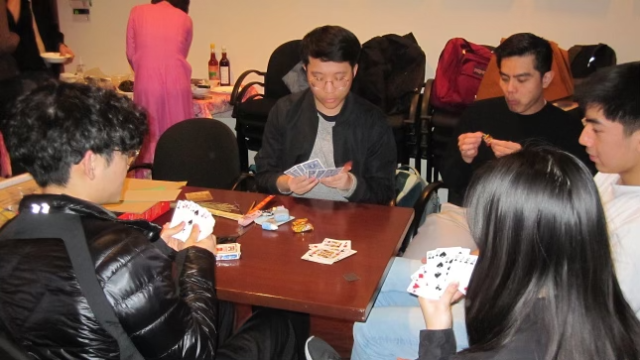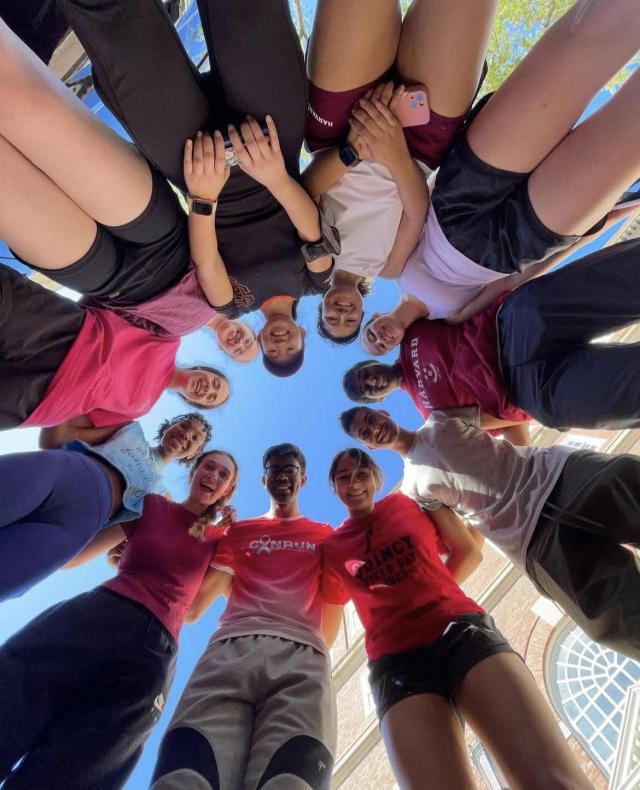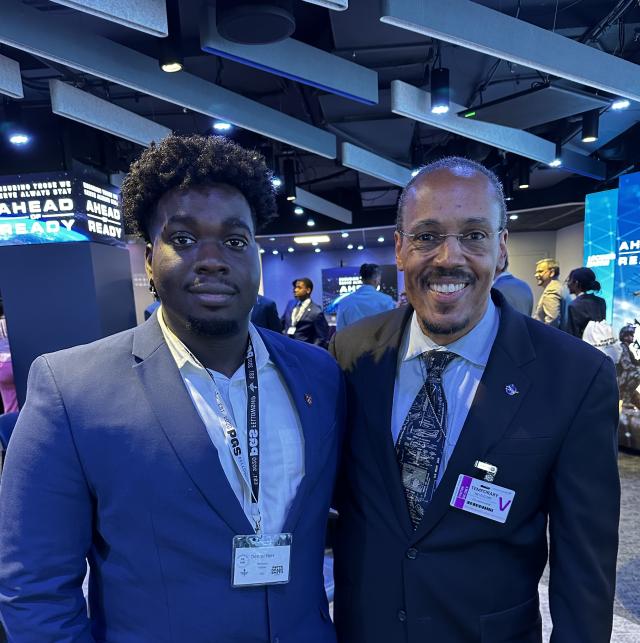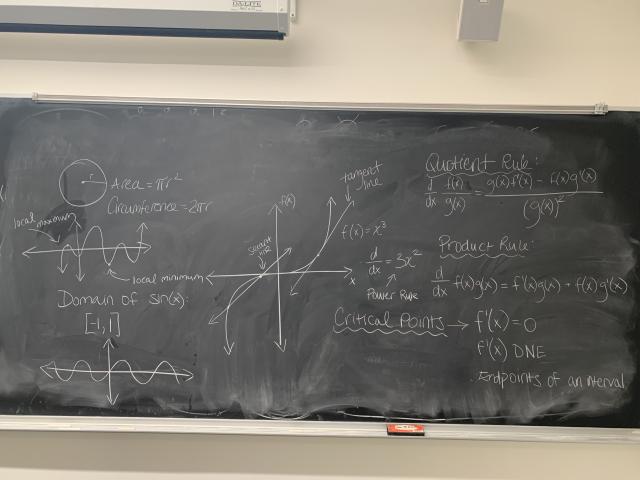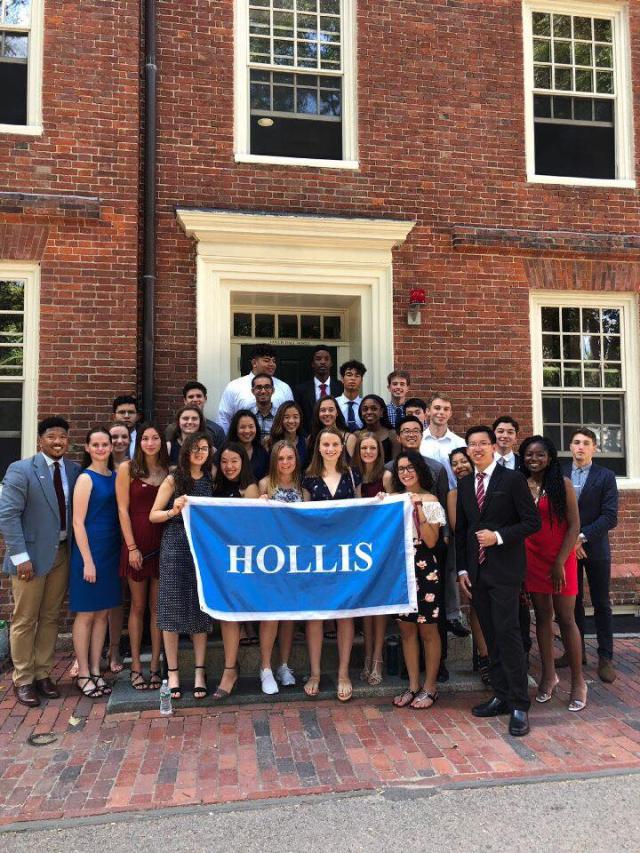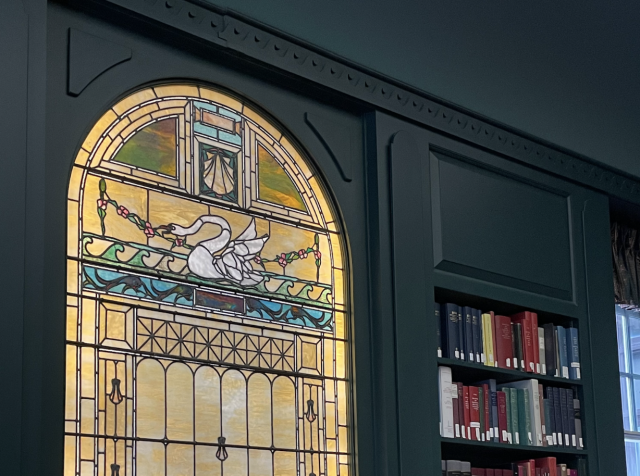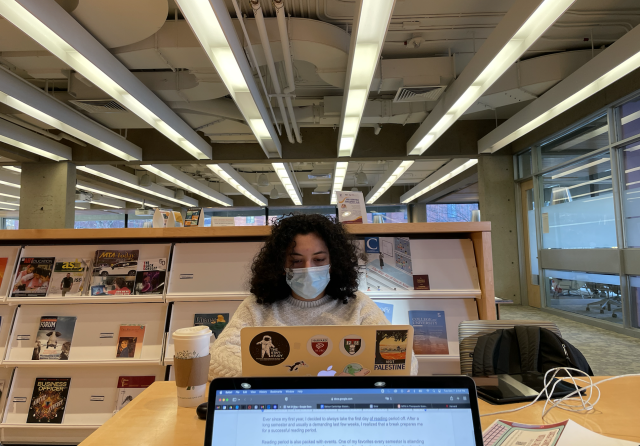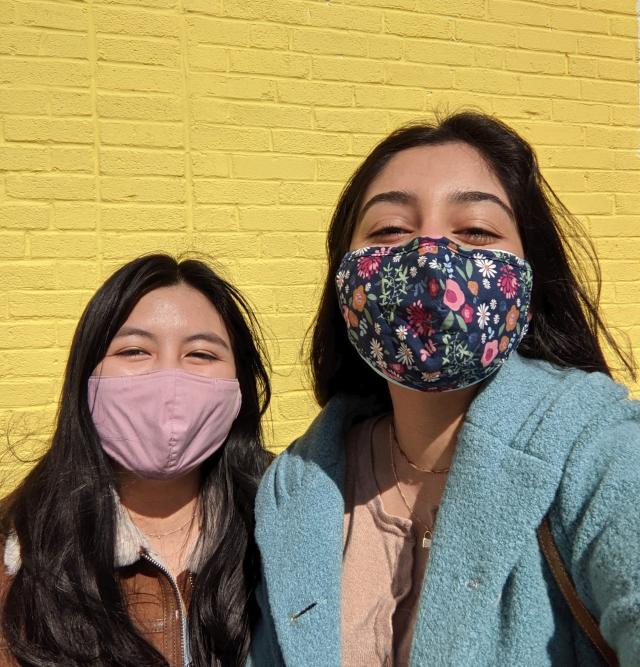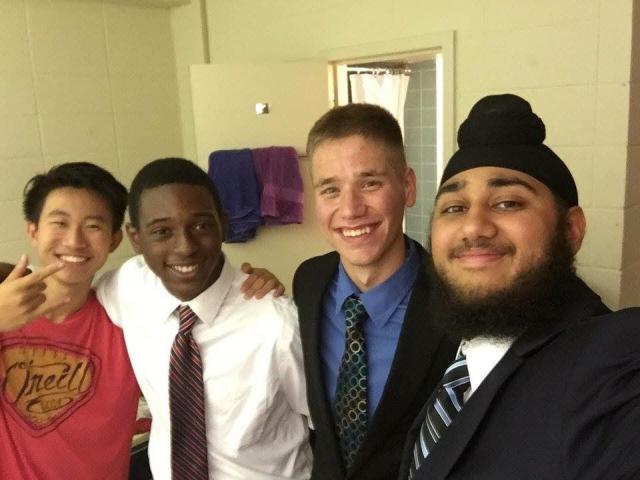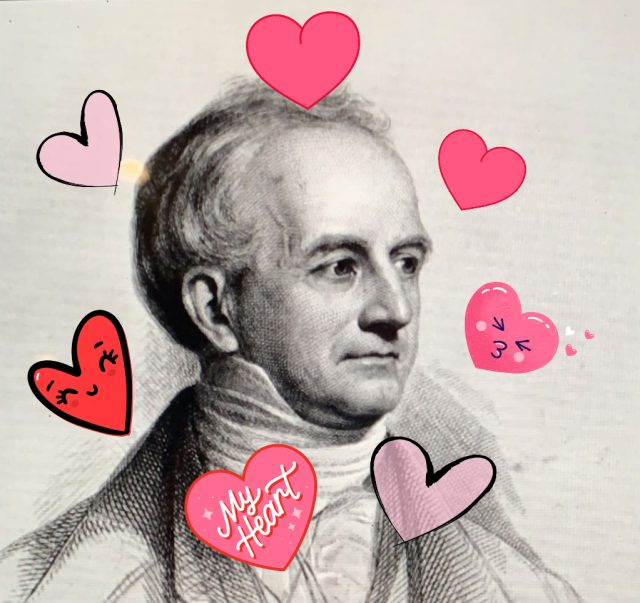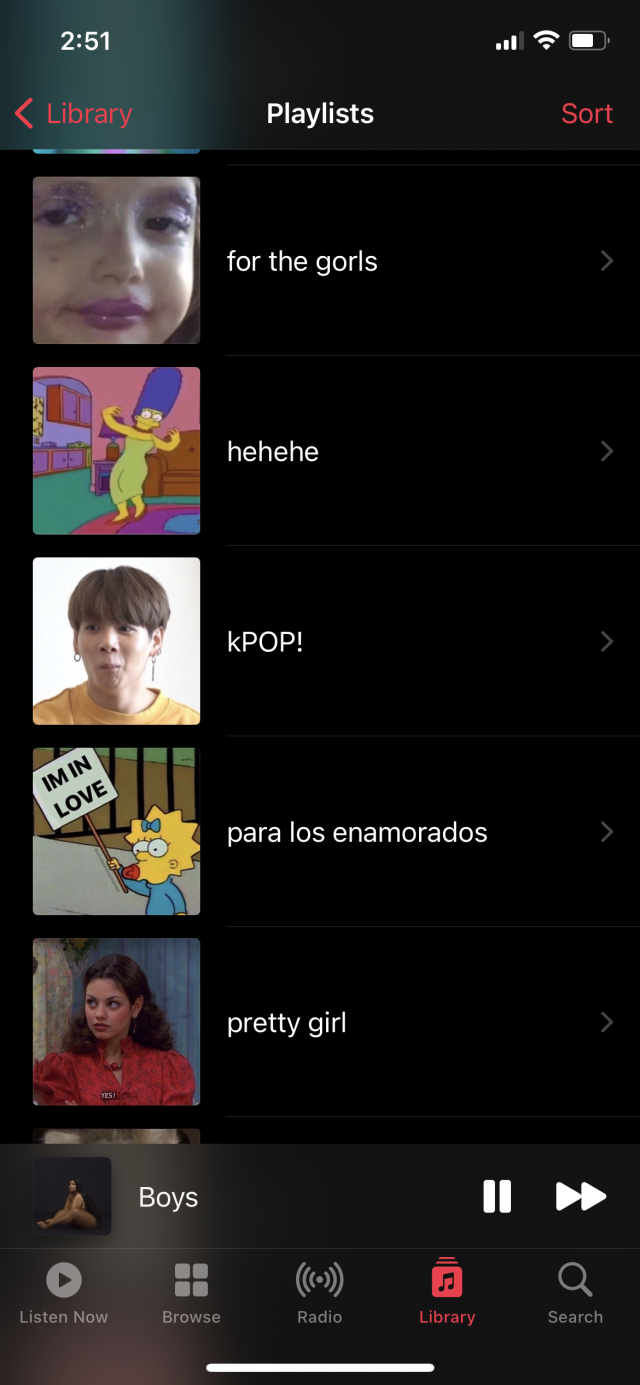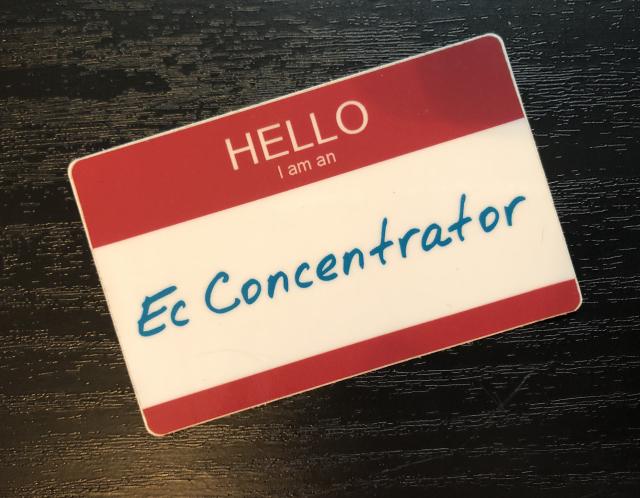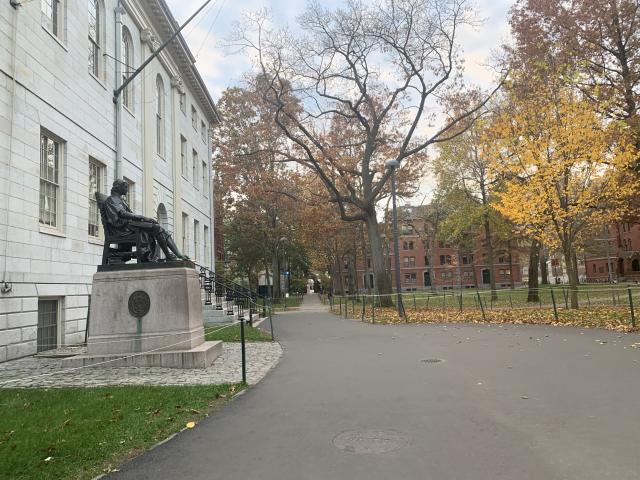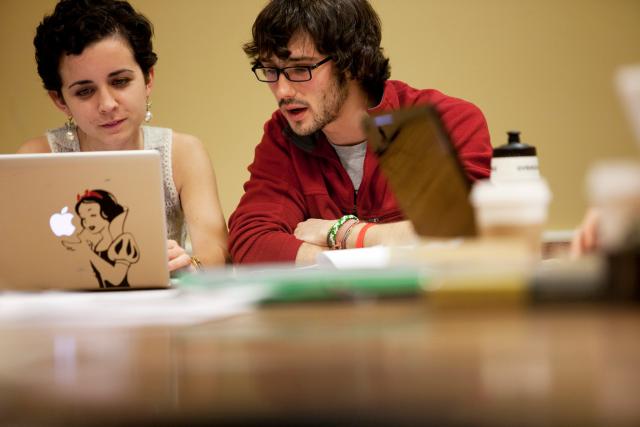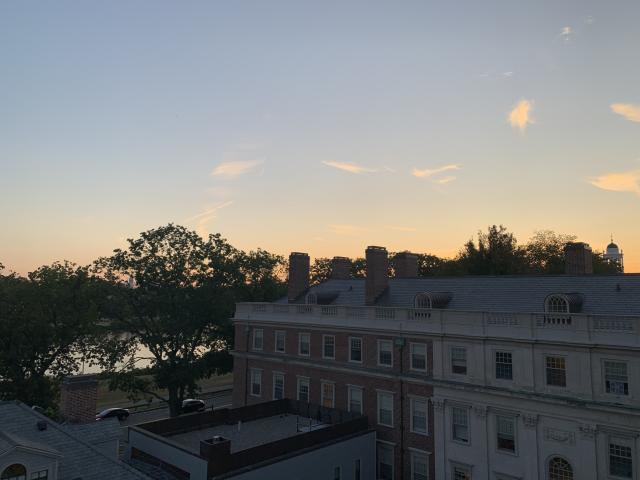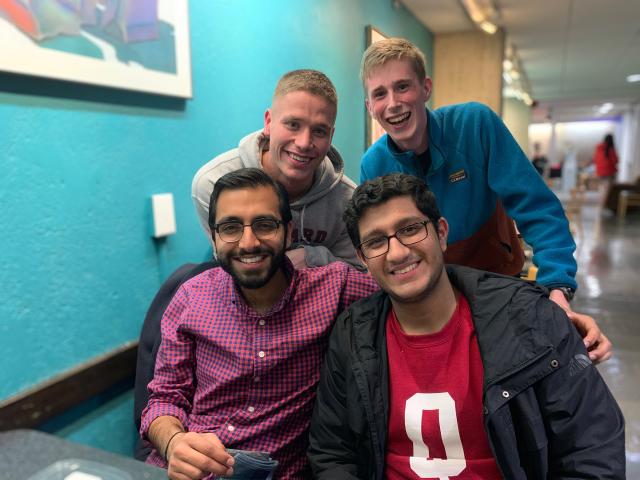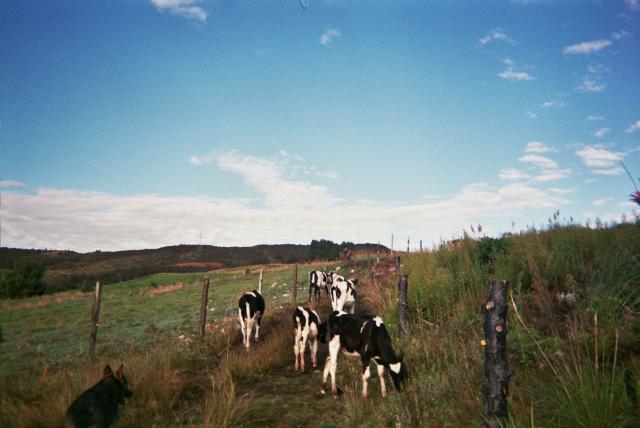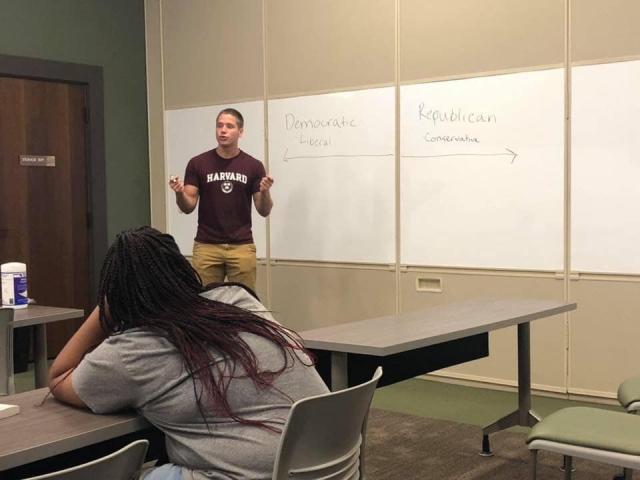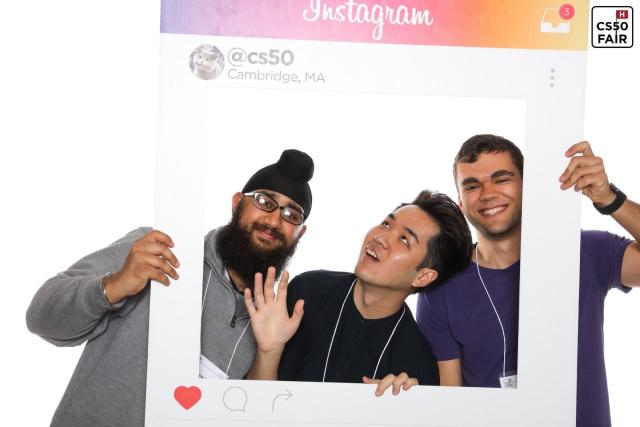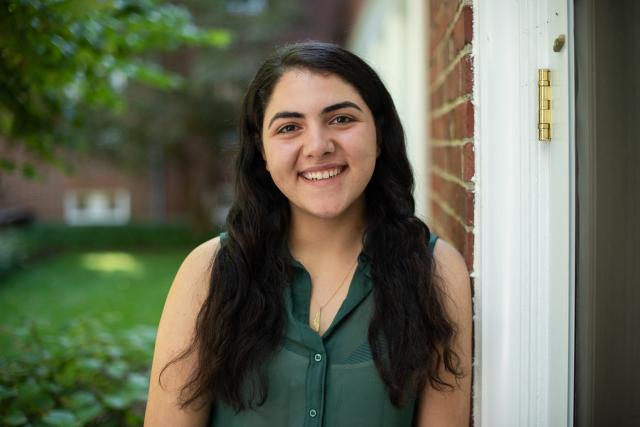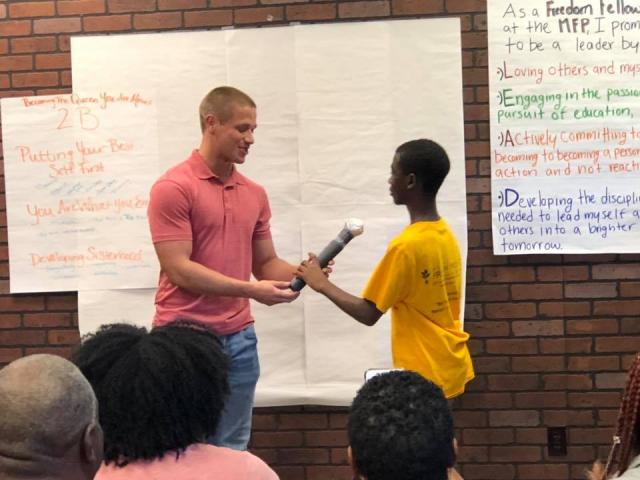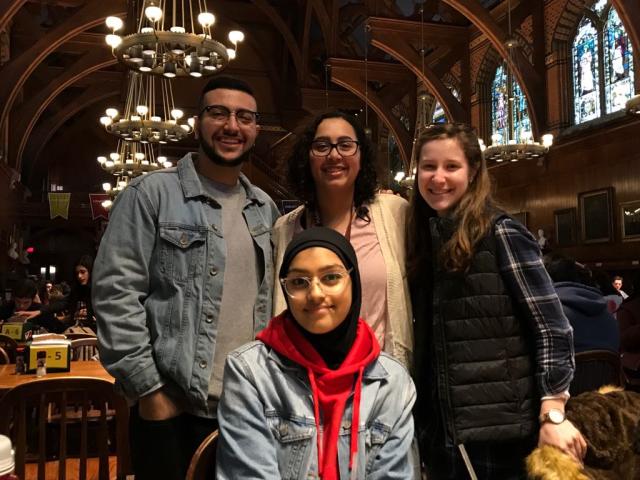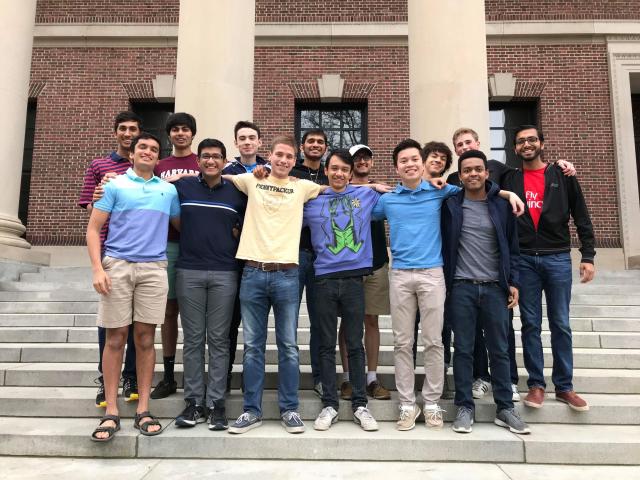"Have you hugged a tree lately? What about grown one? Photographed one? Drawn one? Written about one?"
These were the words I read before I decided to take "Tree."
Certainly, choosing classes was difficult, but it was all part of the college transition. When I arrived on campus, I realized the environment would be different. This was college. I was in Cambridge. I would meet new people and learn new things and visit new places. I was writing another chapter of my life, and I was as nervous as I was excited.
In ways I have trouble explaining, one of the classes I took last semester helped ease my transition into college. It was a class called “Tree.” In this blog, I want to write about my experience taking “Tree,” and what I’ve learned and seen.
What’s a freshman seminar?
Freshman seminars are small group classes about fascinating topics not typically taught in the core curriculum. Freshman seminars provide opportunities to learn from professors one-on-one about topics they are incredibly passionate about. Since my freshman seminar was so small—with only 14 students—I got to meet and get to know many of my classmates.
Ranging from titles like “Sea Monsters” to “The Surprising Science of Happiness,” freshman seminars cover some of the most unique topics at Harvard. I, for one, wanted to take half of the seminars I read about! Freshmen can take one freshman seminar per semester, which means up to two freshman seminars total.
I signed up to take a freshman seminar because an upperclassman recommended that I did. My freshman seminar was an amazing experience, so I want to spread the word!
Unexpected, Lifelong Friends
As a kid, I loved nature. I loved hiking with my grandpa through the parks and forests that surrounded our neighborhood. I loved stopping to appreciate the leaves on shrubs and trees and breathing in the fresh air of the outdoors. Every year when my grandparents planted seeds into their garden, I wondered how the little indestructible capsules could morph into leaves and flowers—living, breathing plants. Every year, I looked forward to watching the plants bud from their seeds.
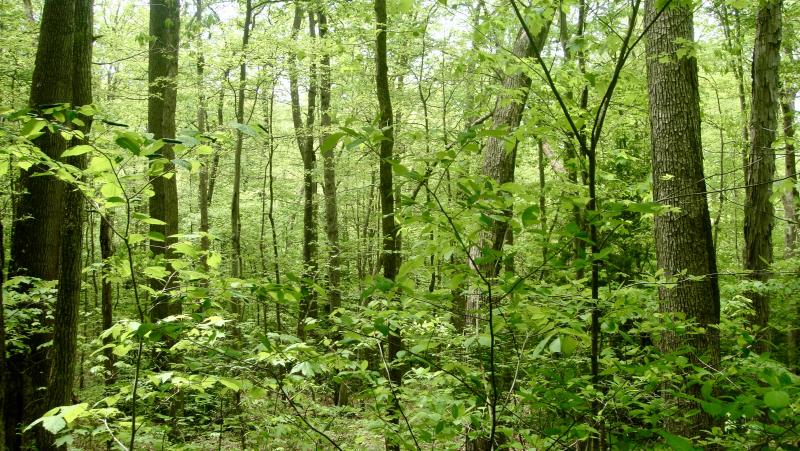
The Backwoods
My grandpa and I used to walk about and appreciate the trees. Those were some of my best childhood memories.
From that time on, I realized I was interested in plants. In middle school, I started exploring my backyard. I identified the wildflowers that blanketed our lawn, watched as insects hopped from one blade of grass to another, and questioned whether the “pine” trees beside our house were pine trees at all (they weren’t, they were Eastern hemlocks). Plants seemed so interesting to me because, unlike animals, they held their own in quiet, unassuming ways. During that time, I also realized that wild clovers, dandelions, and chives make both healthy and—arguably—delicious spices!
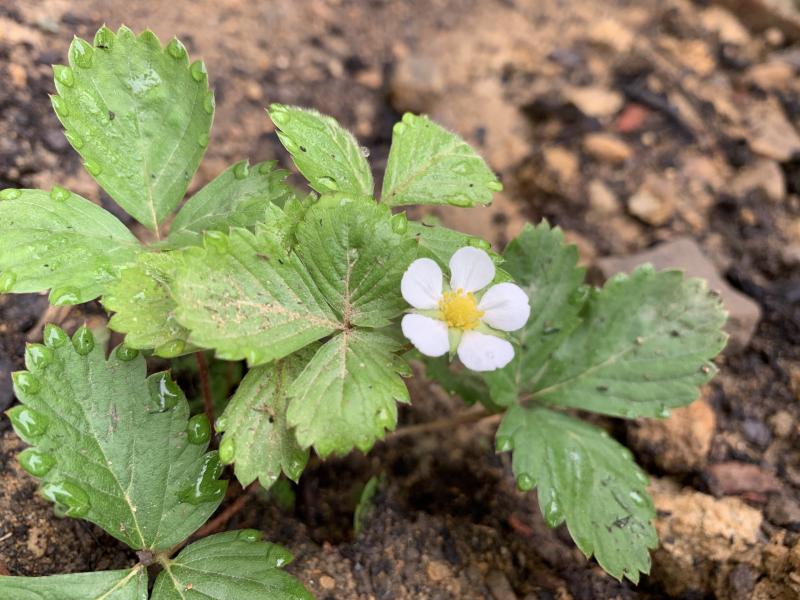
Strawberries
One summer, I grew strawberries from seed!
One summer, I grew strawberries from seed!
Then, when high school came around, I began to experiment with plants. I read about houseplants—everything from lucky bamboo (which is not actually bamboo) and Spider plants to Arrowheads and Haworthias—and learned the art of plant propagation. I put together a moss garden, filled with spiky hair-cap mosses and fern mosses, and sowed my first lavender seeds during the fall of my freshman year. I realized I could spend hours learning about plants, and I often did.
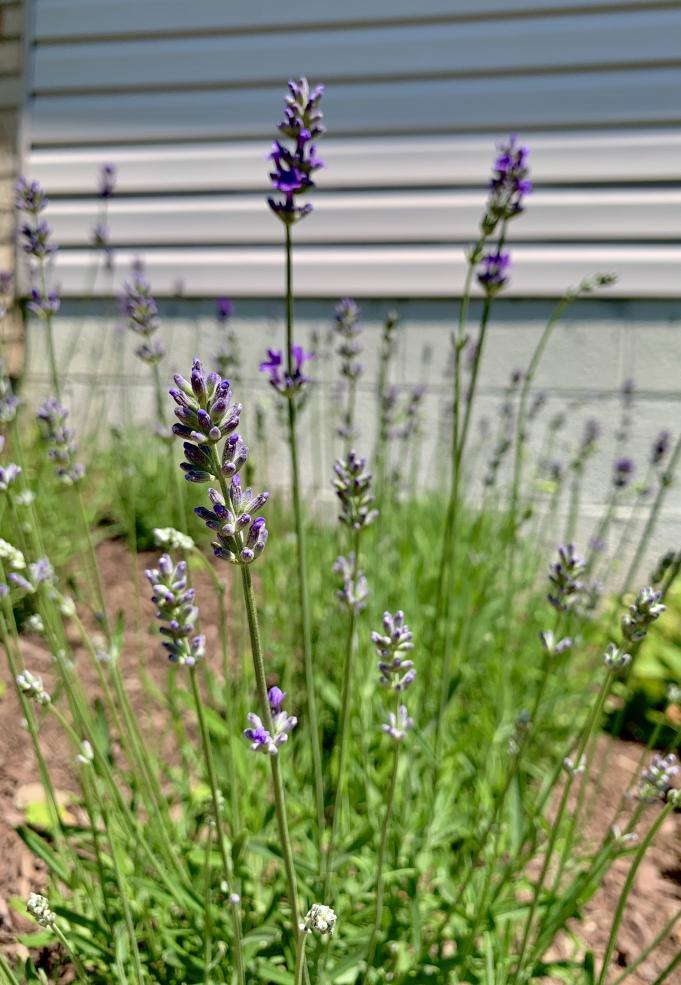
Lavandula angustifolia
English lavender, the cultivar known most commonly for its scent.
When college came around, botany and phytochemistry were among my list of passions. I wanted to study biology, but I also wanted to find others who were as interested in plants as I was.
A Class Called “Tree”
Have you hugged a tree lately? What about grown one? Photographed one? Drawn one? Written about one? Imagine a semester devoted to connecting two organisms: a person (you) and a tree (not you).
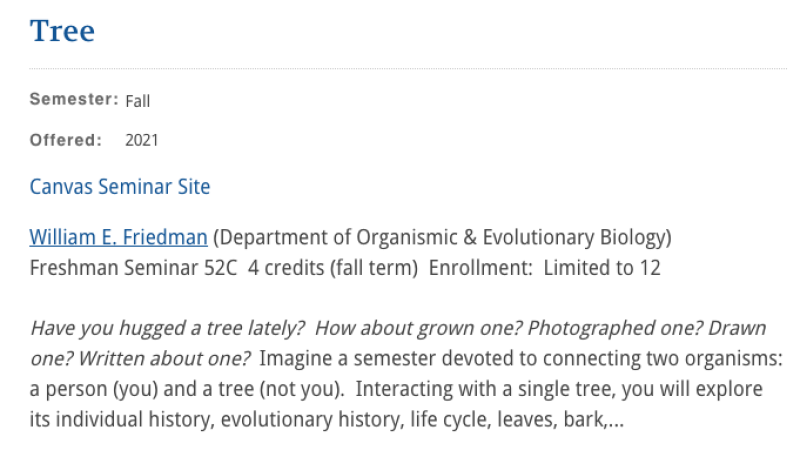
In the weeks before classes started, I read about this class called “Tree.” I heard upperclassmen say that they loved their freshman seminars, so I decided to lottery to take the class. Little did I know, “Tree” would become one of my favorite classes at Harvard.
It wasn’t just a class; it was a community. “Tree” was a tight-knit group of friends with whom I could talk about something I loved so much. We had incredibly meaningful conversations not only about trees but also about how we were doing, our life experiences, and our transition to college. We shared laughs and struggles, relating it to topics in plants and their history. I didn’t realize how much meaning I could find written into the leaves, bark, and trunk of a tree until I took this class.
How old are you?
The age of trees is written in the number of rings in their trunk!
Yet, in many ways, “Tree” wasn’t a class at all. “Tree” gave me the chance to relax and reflect on my college experience. Every week, I looked forward to visiting the Arnold Arboretum, Mount Auburn Cemetery, or the Harvard University Herbaria. For one, it was incredible to see trees collected from around the world, the roots of a tree excavated using an air spade, and herbarium sheets and fossils of historic plants, some of which are now extinct.
Excavation time!
The roots of a tree at the Arnold Arboretum, excavated using an air spade.
The roots of a tree at the Arnold Arboretum, excavated using an air spade.
Starting a few weeks into the class, we were assigned a tree, and we had one objective: visit the tree once a week, and observe. I was excited, but I also felt this component of the class was out of the ordinary. As time went on, I began to realize the purpose of the assignment. Watching my dawn redwood tree prepare for the winter became one of the most humbling experiences of my fall semester.
Abra: A Biography
During my first visit, I profiled my tree, Abra.
The project opened up my eyes to new ways of seeing our relationship with plants and the natural world. Humans and nature are interconnected in often intangible ways, and I came out of the class appreciating plants more than I had before.
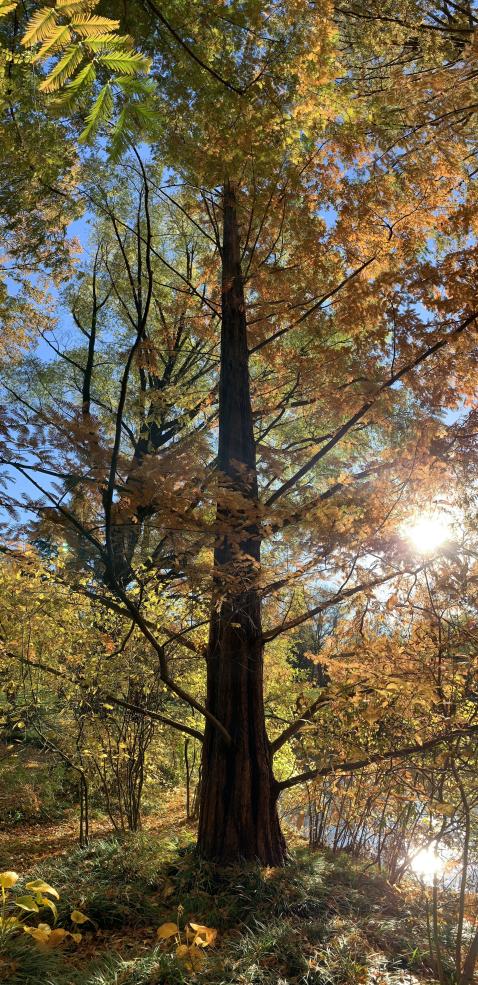
The Passage of Time
Abra at the end of the semester, golden under the fall sunlight.
My greatest takeaway was watching Abra turn from bright green to golden yellow over the course of my fall semester. In times of joy, I celebrated with my tree during my weekly visit. When I was overwhelmed, I found solace under my tree. Over the course of three months, my tree changed, but so did I. Abra provided a stabilizing force in my life. It grounded me in the new environment that was college and helped me see that everything would be ok in the end.
Greatest takeaway
Seriously, don't take life too seriously!
In retrospect, time had simply come and gone. My freshman seminar traced my transition into college, and every journal entry captured the story of one week in my life. Inscribed in the pictures I took were my anxieties and joys, my hopes and failures. During my final presentation, where I presented my weekly observations, I began to feel melancholy. I was now in college, where I would move on to something new.
Tree!
Here we are at the Arnold Arboretum.
For the first time, I felt rooted in college, and I was ready to take on the new challenges and opportunities ahead of me. During a time when p-sets and stress made the going tough, “Tree”—and the lessons I learned from it—kept me grounded.
Shoutout to my “Tree” folks, Professor Friedman, and Kristel for a wonderful class and semester! My freshman fall would not have been the same without you.


